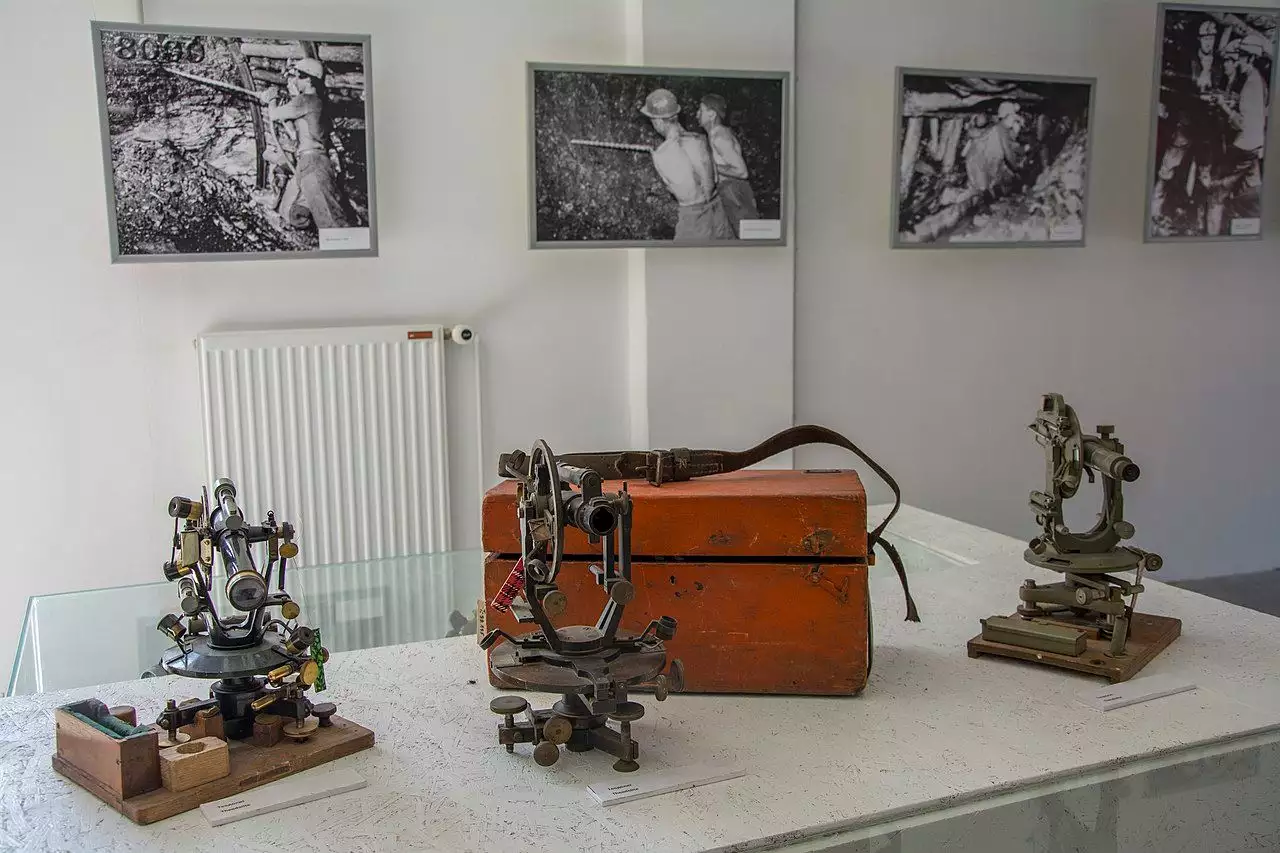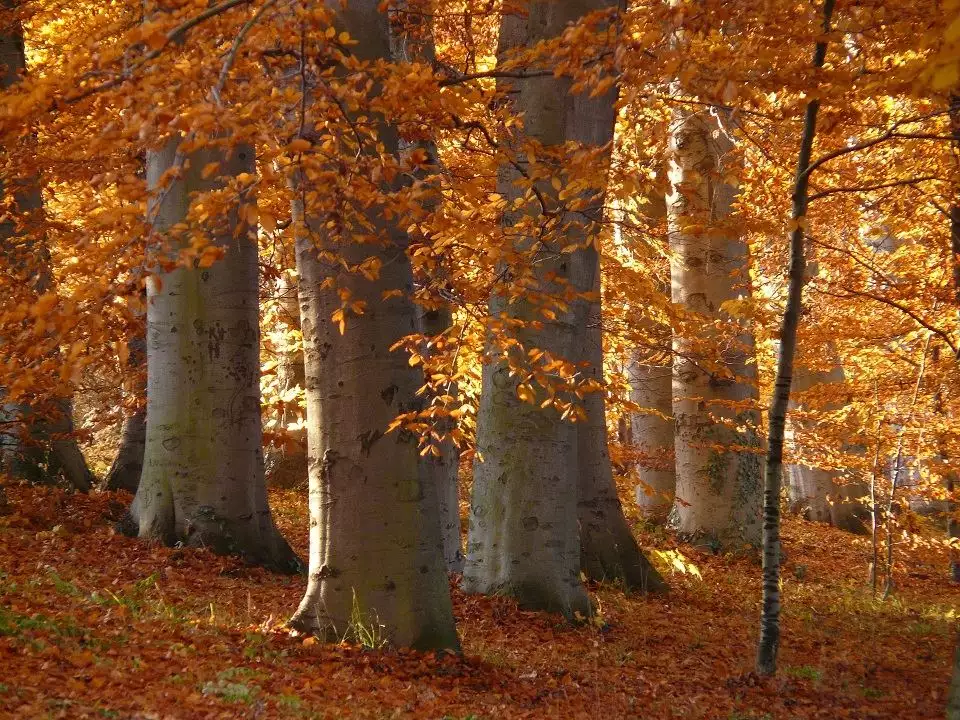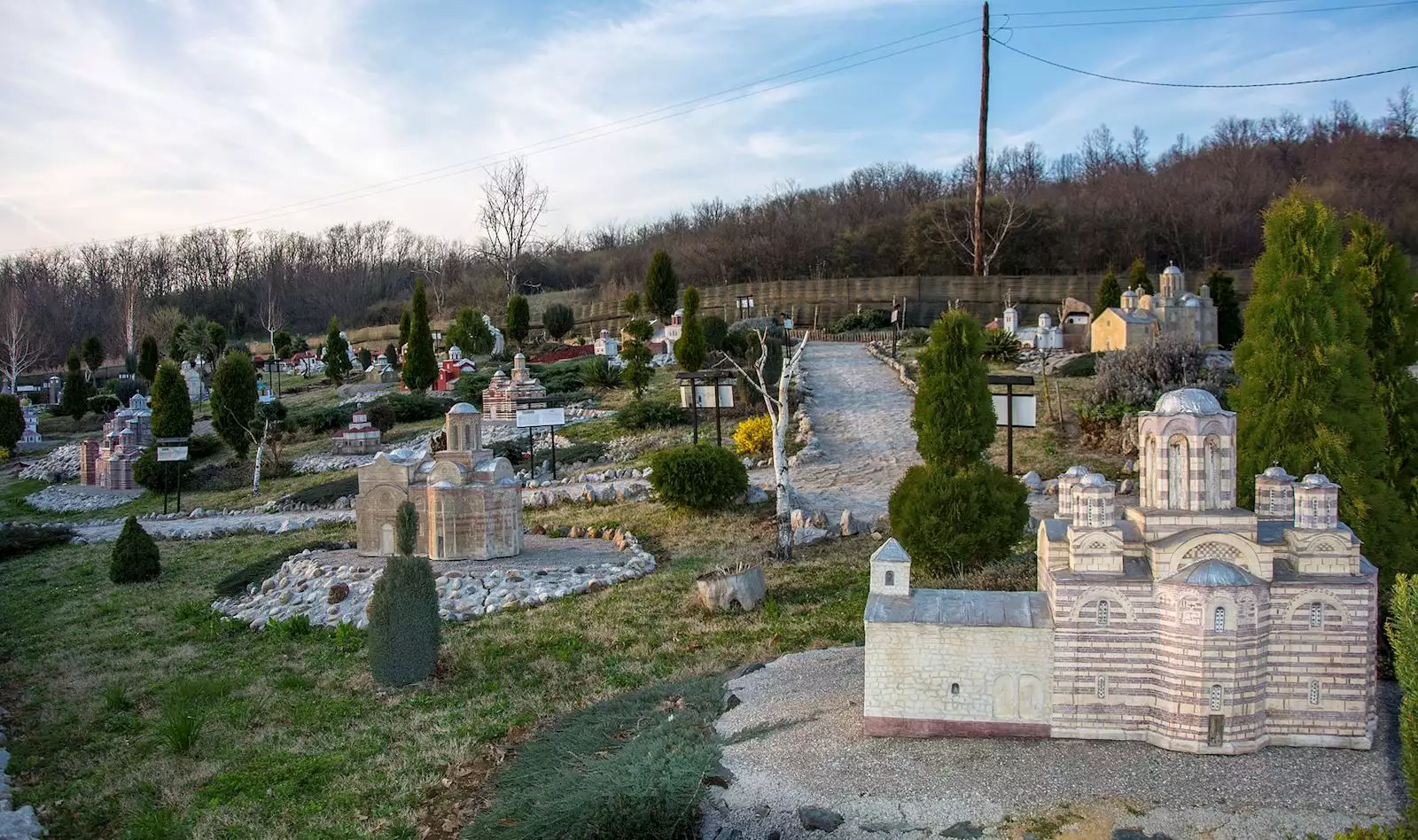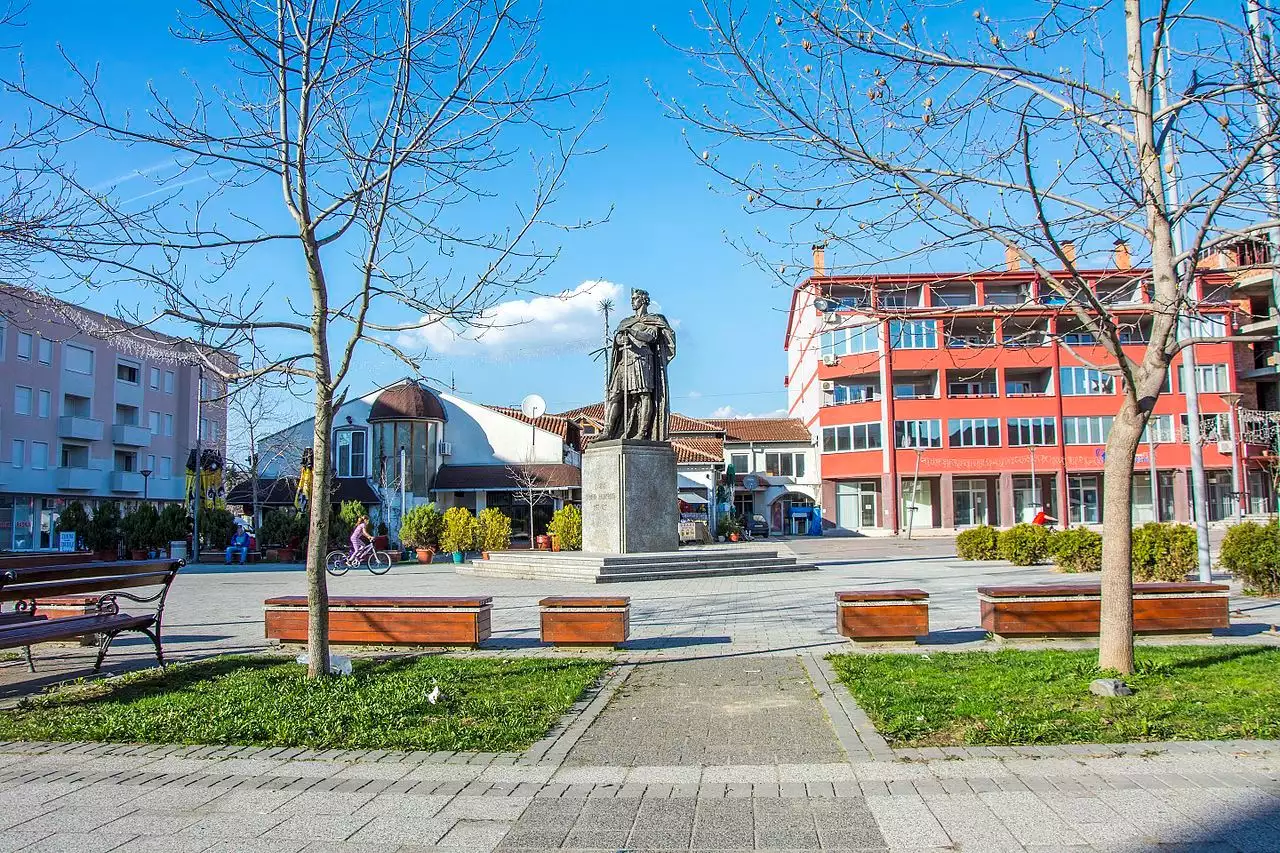Despotovac | Top 10 in Cities of Serbia
- Nikola Igračev
- 8 min
- 31 May 2021.
- Guide
Manasija Monastery
One of the most important Serbian medieval monasteries, Manasija (or Resava) is located less than 2 kilometers from Despotovac, on the way to the village of Bukovac. It was founded by Despot Stefan Lazarević in the early 15th century (between 1407 and 1418). The monastery is fortified with high walls and several observation towers, within which there is a monastery church dedicated to the Holy Trinity, monastery quarters, and a dining hall. As the center of cultural life in the Serbian Despotate, Manasija was the seat of the famous Resava scriptorium school, which stimulated the spread of literacy among the Serbian people. Throughout six centuries, the Manasija Monastery has been desecrated and restored many times, acquiring its present appearance during the 20th century. Since the mid-20th century, it has functioned as a women's monastery. Despite numerous debates among geneticists and archaeologists, it is believed that the tomb inside the church holds the relics of the monastery's founder, the great Despot Stefan Lazarević. The monastery is open for visits daily from 8 am to 4 pm (November - April) and from 8 am to 7 pm (May - October). In the immediate vicinity of the monastery, at the foot of its walls, the traditional and largest medieval knight festival in Europe called Just Out takes place in mid-August each year, aiming to promote chivalrous values and symbolically transport visitors back to the Middle Ages.

Resava Cave
The first and most famous tourist cave in Serbia is a legally protected natural monument and an essential stop on school excursions for elementary school students from all over Serbia. It is located about 20 kilometers east of Despotovac, in the area of the village of Jelovac, and is easily accessible by paved road. It was discovered not so long ago, in 1962, through the collaboration of local shepherds and mountaineers, but it became known to the wider public only after its development, ten years later. Of the nearly 4 and a half kilometers of explored paths, curious visitors have access to only 800 meters, which is still sufficient to witness the beauty and splendor of the cave formations and underground chambers of this unique speleological site. Accompanied by professional guides, you can enjoy this experience for the price of 350 dinars (adults), 300 dinars (children over 7 years old), and a symbolic 50 dinars (children under 7 years old). Visits are possible throughout the year, but during the period outside the summer tourist season, it is necessary to make an appointment or reserve a visit to the cave (resavskapecina@gmail.com). To make the experience even more enjoyable for children, an adventure park has recently been built in the immediate vicinity of the cave.
Museum of Coal Mining
The unique museum in Serbia and the region is located in the small mining settlement of Senjski Rudnik, about 23 kilometers away from Despotovac and twenty kilometers from Ćuprija. Senjski Rudnik itself represents the oldest active coal mine and the oldest mining settlement in Serbia, founded in the mid-19th century. Until World War II, it was the center of one of the economically most promising regions in the country, but with the onset of industrialization, its significance became more local. Even today, over a century and a half since its establishment, the mine proudly continues to operate, resisting the challenges of economic transition. Thanks to this long and continuous mining tradition, this town is home to the first and only Museum of Coal Mining in Serbia, which, through its unique exhibition consisting of numerous exhibits (ore, tools, uniforms, machinery, etc.) and photographs, provides visitors with insight into the historical development of mining in this area and the lives of miners, from the Roman period, through the Middle Ages, to the present day. The museum is located in an authentic environment of an active mining complex, which itself represents a kind of open-air museum. The Museum of Coal Mining is open on weekdays and Saturdays from 9 am to 5 pm.

Waterfalls
Resava Cave has only hinted at the natural beauty that surrounds Despotovac. Many would agree that waterfalls are among the most attractive phenomena in nature, and the municipality of Despotovac is home to two of them. These are Veliki Buk and Prskalo Waterfall.
Veliki Buk is located at the foot of Mount Beljanica, in the valley of the Vrelo River (in the Resava basin), about twenty kilometers east of Despotovac, or about five kilometers from the village of Strmosten. Until the mid-1990s and the discovery of waterfalls in the Stara Planina Mountains, Veliki Buk was considered the highest and most beautiful waterfall in Serbia. Even today, its beauty and authenticity remain undiminished, especially during the second half of spring (during high water levels), when a large amount of water, with a deafening noise, cascades into a small, crystal-clear lake from a height of about 25 meters. On the other hand, after extremely dry summers, the waterfall can almost completely dry up, while during severe winters, it can be completely frozen. The magnificent sight can be observed from well-positioned viewpoints located at the foot of the waterfall and also near its top. Just a few kilometers upstream, there is a picturesque karst spring of the Vrelo River, which can complement the experience with a relaxing walk to the spring and be enhanced with a drink or meal in the beautiful setting of the Vodopad Restaurant, just a hundred meters downstream.

Prskalo is the second waterfall in the Resava basin and is located on the slopes of the Kučaj Mountains, in the valley of the sinking Nekudovo River, about 13 kilometers from the village of Resavica. Easily accessible for most of the year, this 15-meter-high waterfall is low in water volume (even in spring), but it never runs dry (even in dry summers), while in winter, it regularly freezes due to the small amount of water. With its unusual shape, it represents one of the most attractive natural phenomena in the Kučaj Mountains and is a true gem of the Despotovac municipality.
Vinatovača Primeval Forest
In the upper course of the Resava River, on the eastern edge of the Despotovac municipality, lies another remarkable natural rarity, not only within the borders of Serbia but also in this part of Europe. It is an ancient and untouched beech forest - Vinatovača Primeval Forest. Named after the Vinatovac stream that flows through it, this forest covers an area of about 37 hectares and is estimated to be around 350 years old. It represents a unique object of geoheritage in Serbia and a nature monument under the strictest protection regime, where not only logging of trees is prohibited, but also the picking of plants or any disturbance of the unique ecosystem (including the removal of naturally fallen trees and broken branches). Some of the trees reach a height of nearly 50 meters and have a diameter of over one meter, a rarity that can hardly be seen elsewhere. This level of preservation of the native beech forest is primarily a result of its inaccessibility and the reaction of the state, which protected and preserved it from negative human impact in time. Reaching it today is a challenge that requires a lot of energy, willpower, and hiking, so its "guests" are mostly foresters, biology and forestry students, as well as a few adventurers and nature lovers.

Kučaj-Beljanica Nature Park
The territory of the Despotovac municipality extends into the mountainous peaks of Beljanica and Kučaj, between which the valley of the Resava River is nestled. With their beauty and geoecological significance, they seriously compete for the status of a new national park in Serbia. The mentioned waterfalls, Vinatovača primeval forest, and Resava Cave are just some of the dozens of authentic natural attractions in this area, which, admittedly, require a little effort to reach. But if you dare and embark on a hiking adventure that doesn't have to be too demanding (depending on your physical condition), this region will mesmerize you with its beauty. Being predominantly composed of limestone, both mountains are rich in caves, sinkholes, underground waters, and springs of drinking water. As karst terrain is known for its extraordinary shapes and landscapes, numerous sinkholes, picturesque valleys, deep canyons, jagged ridges, and peaks will provide you with an unforgettable experience in nature - wild enough to keep your excitement level high, yet gentle enough for carefree enjoyment of adventurous walks.
Miniature Park
A unique tourist attraction in Serbia is located just one kilometer away from Despotovac, in the direction of Resava Cave. It is the Miniature Park, where over thirty magnificent replicas - authentic miniatures of Serbian medieval monasteries (monastic churches) are displayed on an area of about 30 ares. Among them are Žiča, Studenica, Mileševa, Sopoćani, Gračanica, Visoki Dečani, Manasija, Ravanica, Đurđevi Stupovi, Ljubostinja, Lazarica, and monasteries from Fruška Gora. All the models are made with exceptional accuracy, at a scale of 1:17 compared to the actual size of these buildings. This extraordinary park, with its theme and atmosphere, is an ideal place for an outdoor history lesson. Since it is under the open sky, the park is open for visits during the warmer half of the year, from mid-April to the end of October, from 10 am to 7 pm. The ticket prices are symbolic - 150 dinars, and group discounts are available.

Despotovac Spa
Despotovac or Resava Spa is located at the outskirts of the town, in the direction of Manasija Monastery, just one kilometer away from the center of Despotovac. Although it is a spa with a long tradition and mineral waters of quality similar to those in Sokobanja, the benefits of Despotovac Spa have never been fully utilized and commercialized, as is the case with some other spas in Serbia. However, situated at the foot of Beljanica, on the banks of the Resava River, with the modest Hotel Resava as the central spa facility, Resava Spa is an excellent place for rest, recreation, and rehabilitation from rheumatism, anemia, skin diseases, and digestive tract disorders.
Monument to Despot Stefan Lazarević
The magnificent monument to Despot Stefan Lazarević, the son of the famous Prince Lazar, was erected in 2007, on the 600th anniversary of the beginning of the construction of Manasija Monastery. High Stefan, as he is also called by the people, ruled Serbia for 38 years (1389 - 1427). He inherited the throne as a child, in a delicate moment after the Battle of Kosovo, and spent the majority of his reign as a vassal of Hungary and the Ottoman Empire, striving to preserve the Serbian state. During his rule, Belgrade became the capital of Serbia for the first time in history. In addition to being a diplomat, he is also remembered as one of the best knights and military leaders of his time, as well as one of the greatest Serbian medieval writers and benefactors. The monument on Despot Stefan Square is made of bronze and is four meters high. It is the work of sculptor Zoran Ivanović.

Notable People from Despotovac
Milojko Pantić (1947 - ), a renowned sports journalist and television commentator, is best known for his passionate TV broadcasts of Red Star Belgrade football matches in the early 1990s, including the legendary broadcasts of the 1991 European Cup matches.